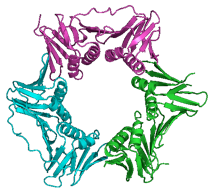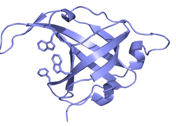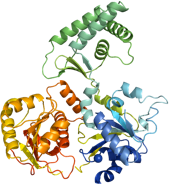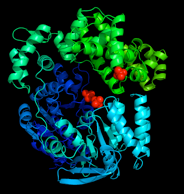DNA Repair



DNA is subjected to continual assault by a variety of chemical, enzymatic and environmental factors, and must be repaired accurately and swiftly to maintain the integrity of the genome. Multiple repair pathways have evolved to fulfill this role, and all organisms devote a considerable proportion of their genes towards DNA repair. We are interested in understanding how these enzymes work, using a combination of genetic, biochemical, biophysical and structural approaches.
Mostly we study DNA repair proteins from archaea as they are a convenient model to help understand how the equivalent proteins in humans work to remove damage before it causes mutation and cancer. The three structures shown above are all of archaeal proteins, but have structures very similar to their human counterparts. We are also interested in how organisms growing at very high temperatures cope with high levels of DNA damage. In total over 20 archaeal protein structures have been solved in St Andrews by the Scottish Structural Proteomics Facility.
Archaeal DNA repair proteins are ideal for structure-function studies and have yielded many insights into human DNA repair pathways.
